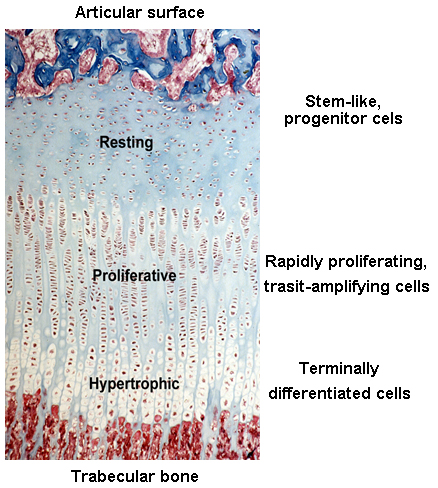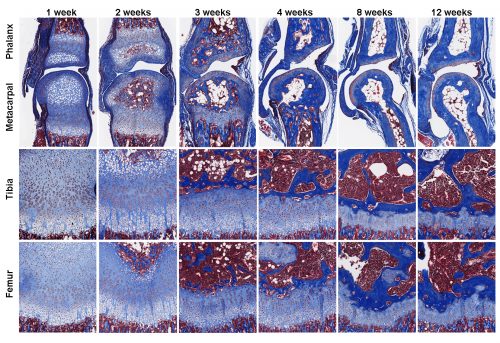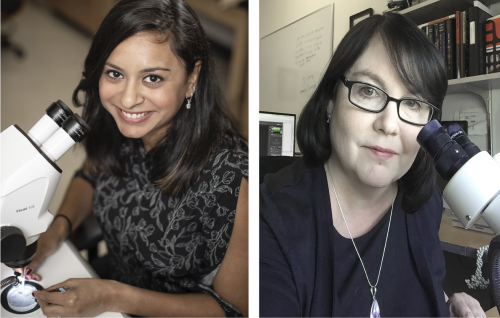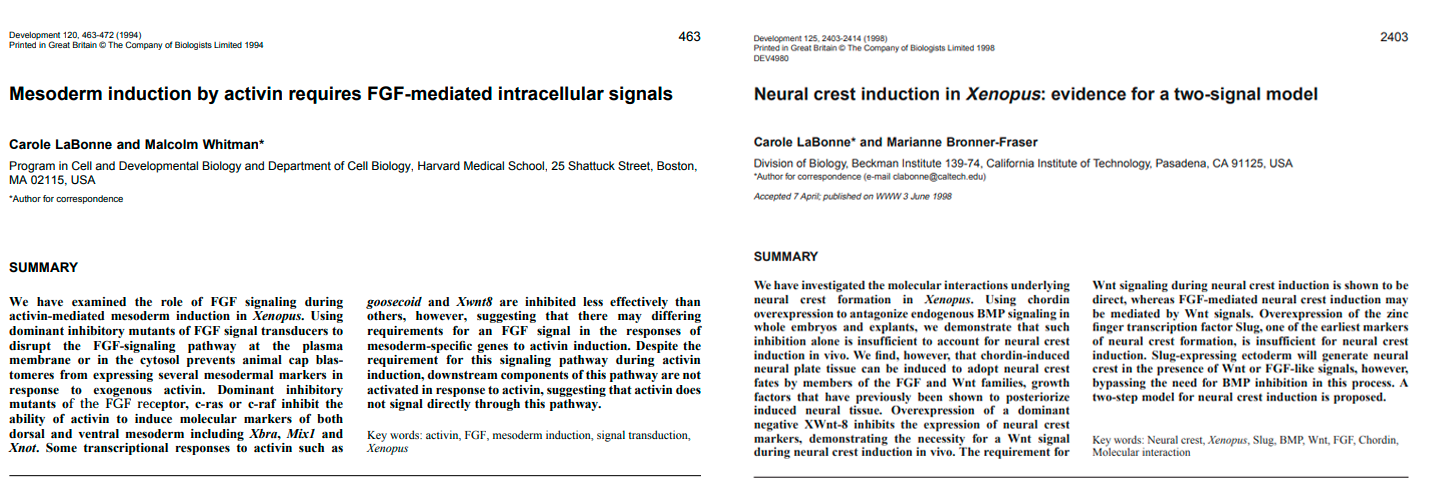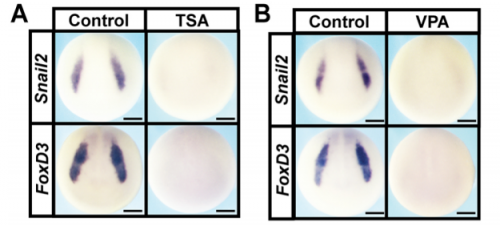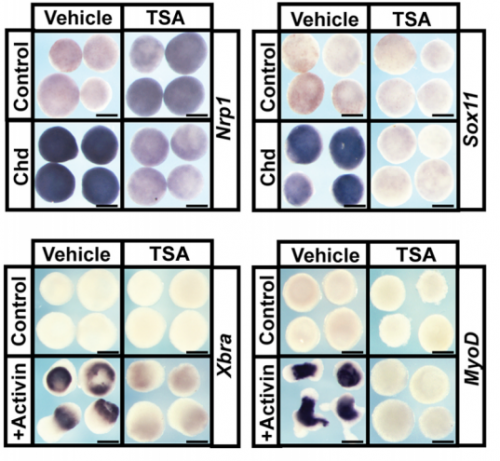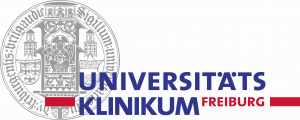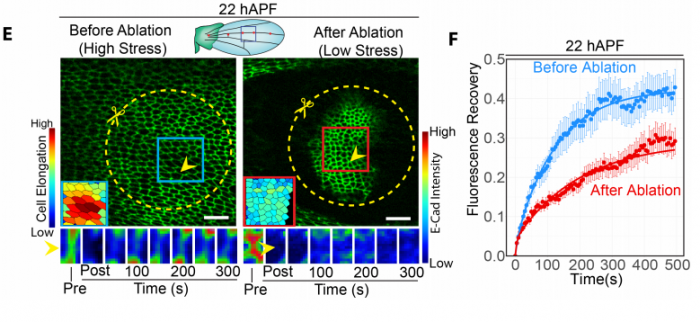Carmen Adriaens1, Gautam Dey2, Amanda Haage3, Wouter Masselink4 *, Sundar Ram Naganathan5, Lauren Neves6, Teresa Rayon7, Samantha Seah8, Srivats Venkataramanan9.
1. Center for Cancer Biology, VIB, KU Leuven, Leuven, Belgium & Center for Cancer Research, NCI/NIH, Bethesda, MD, USA
2. MRC Lab for Molecular Cell Biology, University College London, Gower Street, London WC1E 6BT, UK
3. Department of Cellular and Physiological Sciences, University of British Columbia, Vancouver, British Columbia, Canada
4. Research Institute of Molecular Pathology (IMP), Vienna Biocenter (VBC), Campus-Vienna-Biocenter 1, 1030 Vienna, Austria.
5. Ecole Polytechnique Federale Lausanne, Lausanne, Switzerland
6. Biochemistry and Biophysics, University of California, San Francisco, CA, USA
7. The Francis Crick Institute,1 Midland Road, London NW1 1AT, UK
8. European Molecular Biology Laboratory (EMBL), Genome Biology Unit, Meyerhofstrasse 1, 69117 Heidelberg, Germany, Collaboration for joint PhD degree between EMBL and Heidelberg University, Faculty of Biosciences
9. Cell and Tissue Biology, University of California, San Francisco, CA, USA
All authors contributed equally to this article.
*Correspondence should be addressed to: wouter.masselink@imp.ac.at;
‘How can we have preprints and support good journalism?’ Tom Sheldon, a senior press manager at the Science Media Centre, recently asked this question in a news article in the journal Nature (Sheldon, 2018). Preprints, manuscripts made publicly available prior to peer review and publication, are a relatively new addition to scientific communication in the biological sciences. Together with the push for open access, preprints have begun to challenge the status-quo in scientific publishing. This early and open sharing of information enhances peer-to-peer communication and ultimately, speeds up scientific advancement. In his article, Mr. Sheldon argues that preprints could promote confusion and distort public understanding of science. Here, we would like to counter this argument, highlighting the potential of preprints to drive scientific understanding and innovation, while we believe that preprints does not threaten, and can even support good journalism.
In a first argument, Mr. Sheldon suggests that the lack of peer review might lead journalists to misconstrue sensationalist and shoddy works that are posted as preprints. To start, one should note that preprints visibly state that the deposited manuscripts have not been reviewed, an argument also pointed out by Sarabipour et al. in their response to Mr. Sheldon’s article (Sarabipour et al., 2018). In addition, journalists reporting on non-peer-reviewed material is not a new phenomenon – they have been doing it on conference proceedings for years. Although with preprints there may be a difference in the number of non-peer-reviewed works that are now accessible, we do not see a qualitative distinction for the lay reporting of these works.
On the other hand, Mr. Sheldon makes a valid point in that the reporting of preprints with implications for human health could be dangerous. For instance, patient data could inadvertently be made public, and early dissemination of medical advances could mislead prospective patients. Therefore, we agree that the premature reporting on data and conclusions from these preprints could have a negative effect. However, preprint service providers are aware of these dangers and, for instance, both bioRxiv and the upcoming medRxiv actively screen preprints before they are posted to alleviate these risks and restrict the dissemination of preprints including these types of sensitive data.
Moreover, we would argue that the problem Mr. Sheldon is referring to is partly caused by the perception of peer review as the only model for scientific legitimacy. As evidenced by the example he supplies (Séralini et al., 2012), the misinterpretation or sensationalization of scientific papers is hardly constrained by the peer review process. We acknowledge that peer review is an important step to ensure scientific validity and relevance, but we would like to point out it is not a magic bullet separating the truth from fiction, and its contribution to the scientific process has never been quantified. In fact, preprint servers now provide an unprecedented opportunity to evaluate the efficacy of peer review on a large scale (Klein et al., 2018), laying the groundwork to refine and improve the process. Peer reviewed or not, it is primarily incumbent upon the scientific community to ensure the robustness and validity of the results that are posted. Subsequent responsibility in preventing the misinterpretation or sensationalization of the work is shared by the readers and journalists who choose to further disseminate the findings.
In line with this, if peer review is deemed to be the sole factor by which a journalist can judge whether a body of research is trustworthy, the spread of predatory journals should be of much larger concern to Mr. Sheldon. While, as we mention above, preprint servers clearly state that preprint papers lack peer review, predatory journals only create the illusion of peer review without it actually taking place (Bohannon, 2013). In fact, we argue that the visibility and transparency of a preprinted study can help to verify the final manuscript and increase its robustness, by enabling (timely) replication studies and open dialogue. Preprint servers provide an equanimous forum for these validation studies and further discussions, a service not provided by many journals. Additionally, because all preprint versions are permanently archived online, potential errors or questionable changes are documented and may be rapidly exposed. To summarize, while we wish to acknowledge that some misreporting can and will happen, we are not convinced that this is due to or increased by the lack of peer review of preprints. Instead, scientists and journalists alike need to communicate openly with each other to ensure accurate reporting, regardless of the peer review status of the reported research.
Next, Mr. Sheldon argues that the lack of an embargo system for preprints disadvantages journalists and publishers. In scientific publishing, the press embargo is the time restraint put in place by the journal in which both journalists and scientists are prohibited from talking about a piece of work publicly. This system appears to confer advantages to various stakeholders, but the embargo system for scientific publishing has been hotly debated for years (https://theconversation.com/the-logic-of-journal-embargoes-why-we-have-to-wait-for-scientific-news-53677, https://www.aps.org/publications/apsnews/200703/backpage.cfm), mostly because it further delays the dissemination of scientific findings that may be of interest to the public. We would like to take a look at how embargoes appear to benefit the parties involved, and propose that preprints can instead confer similar and alternative advantages to both the journalists and the scientific community.
First, embargoes provide journalists with sufficient time to prepare, fact-check and obtain views from other scientists. Mr Sheldon argues that preprints put this process at risk. Reporting the nuanced complexities of science accurately and in a timely manner is not easy, and we acknowledge that even the scientific community itself sometimes suffers from the same flaws of hyperbole and laxity. However, the absence of an embargo shouldn’t prevent the due diligence that necessarily accompanies good journalism. In contrast, we would like to argue that preprints and especially the resulting discussions, freely accessible to all, can act as a potential source of information and expertise for journalists. Community-driven initiatives highlighting preprints of broad interest (such as preLights), or supporting preprint journal clubs that share feedback with authors directly (PREreview), can thus help promote the discussion of science and raise awareness of potential flaws and limitations of the study.
Further, Mr. Sheldon argues that due to the lack of embargoes for preprints, the popularization of preprint servers could reduce the exposure for a journal. In his reasoning, preprinted findings already covered by the news would lose their perceived novelty by the time they are peer-reviewed, causing them to be reported to a lesser extent or not at all when published in their final form. As a consequence, the journal would not be mentioned in the news and loses views and prestige. However, we need to consider several counterarguments. Firstly, a number of journals (for example, eLife) do not have embargoes, and yet journalists are not discouraged to report on their stories (https://www.bbc.co.uk/news/health-44680255 , https://www.bbc.com/news/science-environment-36888541). Further, only a small proportion of the research papers a journal publishes receives a press release. Pertinent to the non-media covered articles, preprints can increase their visibility and ultimately the traffic to the journal websites, by virtue of forward links to the final published articles once manuscripts have gone through peer review. This particularly benefits smaller society journals that do not currently have the name recognition or penetrance of the larger publishing houses. Third, from preprints not covered by the media, the journal could use the visibility of the preprint to their advantage and directly invite authors to submit to them for peer review and eventual publication. This could give journals a greater hand in the science that gets published with them, allowing them to outline the novelty they would get from the final version. Finally, the absence of an appended journal name ensures that the reader judges the work not on the prestige of the journal, but on the papers’ own merit, which is an important step towards quality-based and not prestige-based judging of the scientific work. On an ideological note, we believe that the primary goal of scientific publishers should be to communicate results to both the scientific community and the public. While currently scientists depend on the publisher to broadly disseminate results while benefiting from its network and the structural organization of the peer review process, in the future, the landscape of scientific publishing may evolve more towards a peer-to-peer system in which these benefits are enhanced by preprinting, and transparency and timely communication prevail.
In conclusion, considering the many advantages of preprints, it seems drastic to reject them simply because a few of them may be reported (and even fewer misreported) in the press. We can also draw experience from other fields, because while the biological sciences are a relative newcomer to the world of preprints, the same cannot be said for other fields. With preprint servers such as arxiv.org now in use for close to three decades, we are unaware of any indication that journalists lose their capacity to accurately report on research, or that journals are strongly negatively impacted by preprinted works. Since most manuscripts on preprint servers eventually end up in peer reviewed journals, we believe that preprints are part of a healthy publication/reporting ecosystem and, rather than impede, encourage the rapid and open dissemination of science.
From the strong discussions and opinions on both sides, it is clear that preprints do, and will continue to revolutionize scientific communication in biology. Naturally, these changes may initially be confusing, but we believe that with open dialogue between scientists and journalists, we will be able to clarify and define how preprints can support good journalism, and vice versa.
[Disclaimer: the authors volunteer as community curators for the preprint highlighting platform preLights, but have contributed to this piece in a personal capacity; the views presented here do not necessarily reflect the views of preLights, the Company of Biologists, or the individual academic organisations each author is affiliated with (listed above).]
References
Bohannon, J. (2013). Who’s Afraid of Peer Review? Science 342, 60–65.
Klein, M., Broadwell, P., Farb, S.E., and Grappone, T. (2018). Comparing published scientific journal articles to their pre-print versions. International Journal on Digital Libraries.
Sarabipour, S., Wissink, E.M., Burgess, S.J., Hensel, Z., Debat, H., Emmott, E., Akay, A., Akdemir, K., and Schwessinger, B. (2018). Maintaining confidence in the reporting of scientific outputs.
Séralini, G.-E., Clair, E., Mesnage, R., Gress, S., Defarge, N., Malatesta, M., Hennequin, D., and de Vendômois, J.S. (2012). RETRACTED: Long term toxicity of a Roundup herbicide and a Roundup-tolerant genetically modified maize. Food Chem. Toxicol. 50, 4221–4231.
Sheldon, T. (2018). Preprints could promote confusion and distortion. Nature 559, 445.
 (21 votes)
(21 votes)
 Loading...
Loading...



 (No Ratings Yet)
(No Ratings Yet) (21 votes)
(21 votes) (1 votes)
(1 votes)